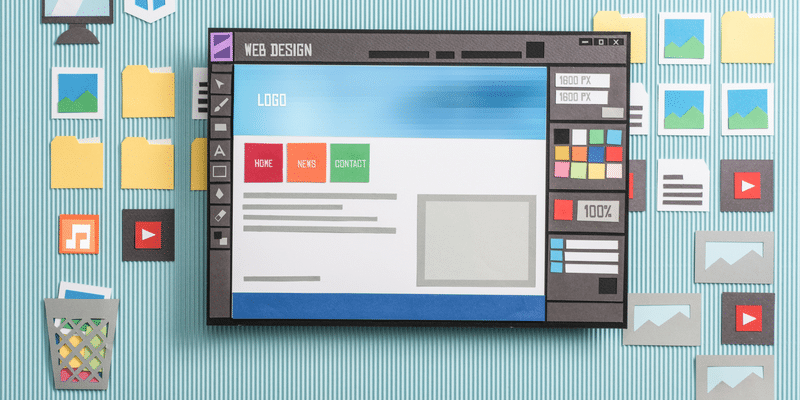Is an editorial calendar part of your content marketing strategy? If not, consider all the benefits of creating and maintaining one.
A calendar can help you focus your content creation efforts, measure outcomes, save time, reduce stress and promote consistency as well as creativity.
As we verge on a new year, perhaps now is the perfect time to construct an editorial calendar. There are dozens, if not hundreds of templates and tools you can use to format your calendar, but what do you fill it with once you have chosen one?
The following are 11 tips to help you plan your content for the coming weeks and months.
1. Check the Date for Seasonal Themes
Base your editorial calendar on a traditional calendar by either using a standard calendar template or pulling the printed one (for next year!) off the wall so you can be prepared with topical content. You can bulk up your content ideas using fun, obscure holidays as well. Check out sites such as Checkiday and HolidayInsights, which list every occasion imaginable from National Espresso Day to Admit You’re Happy Month.
2. Bring in the Team
Hold a brainstorming session to come up with ideas for the coming months. Present a handful of topics and themes or ask the group for suggestions and then compile a massive list of concepts. Capturing everyone’s thoughts will inspire creativity, which might result in your best ideas yet. Set a time limit for each topic as well as the overall meeting.
While you’re at it, put together a strategy that will motivate everyone on your team to stick to your editorial calendar.
3. Plan for Events
Do you have conventions, webinars, product releases or other happenings scheduled? Make sure you work them into your editorial calendar. Plan content before the event to attract attendees, during the event to build brand awareness and after the event to follow up on leads and generate conversions.
4. Stroll Down Memory Lane
While it might seem like a conflicting idea, existing content should have a place on your calendar, as well. You can revisit old content in a number of ways, such as updating an outdated piece with new information, writing a new post on the same topic from a different perspective or create a roundup post highlighting your best pieces in a particular category.
5. Give Them More of What They Want
Analyze previous posts and see which topics garnered the most traffic. Find ways to expand on those subjects to provide content your readers are sure to appreciate. For instance, write a detailed post on something that received a brief mention in a popular past post. Alternatively, condense a lengthy article into a bulleted list or top tips post.
6. Branch Out From Blog Posts
Another way to reuse past content is to transform it into something completely new. Pepper your editorial calendar with plans for infographics, SlideShares, eBooks and whitepapers, photo quotes, podcasts, videos and webinars fashioned from previously written posts. Of course, you can create any of these from scratch but always look for ways to get the most bang for your buck.
For more tips and ideas, see 10 Fun Blog Post Ideas for People Who Hate to Write
7. Include Curation
You know the benefits of sharing great content from other sources, so be sure to make curated content part of your plan. Look at your scheduled themes and conceive ideas for roundup posts that aggregate relevant content into useful lists. Plan “best of” posts presenting your favorite content on specific topics, such as holidays, seasons or events.
8. Be a Copycat
Look at editorial calendars or past seasonal themes of trade magazines and other publications in your field. Discover which topics and content types received the best response. Of course, you do not want to copy their content. Rather, you want to gather ideas on what your audience appreciates and find ways to replicate the concept or put your brand’s unique spin on the topic.
9. Compile Questions and Concerns
Plan for some sticky content throughout the year, as well. If you don’t have an updated FAQ page or if you wish to build a knowledge base, examine common questions from customers, comments on blogs or forums to discover ideas. While you’re at it, plan pages that highlight key content, such as popular posts or a collection of pieces that might interest new visitors to your site.
10. Crowdsource Content
Include your audience’s participation in your upcoming content creation by adding user-generated content to your editorial calendar. This might include photo contests, surveys, and polls (which can result in blog posts, infographics or reports), interviews and quotes, reviews or any other type of UGC you can dream up.
11. Don’t Forget About Images!
Visual content will add a ton of value to any work you produce, so be sure to include room in your editorial calendar for finding and creating great images to go with your blog posts and social media updates.
Whether you have a sizable editorial team at your disposal or a small (but talented) group responsible for your brand’s content creation, the time and effort you put into a thorough, carefully planned, detailed editorial calendar will result in improved time management, greater accountability, and increased engagement.

Writer, editor and client advocate specializing in reputation management, content marketing, technology and non-profit topics.




